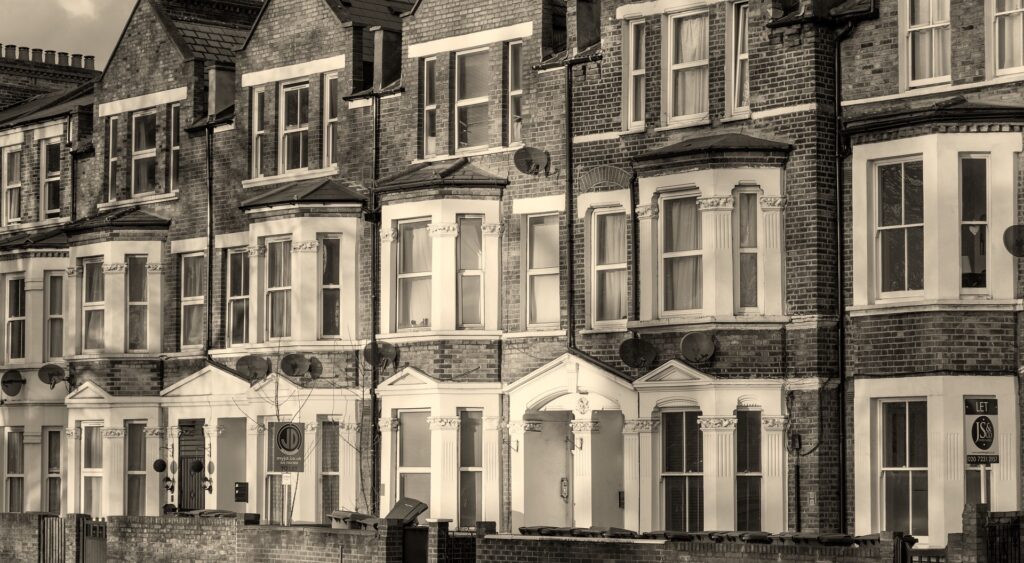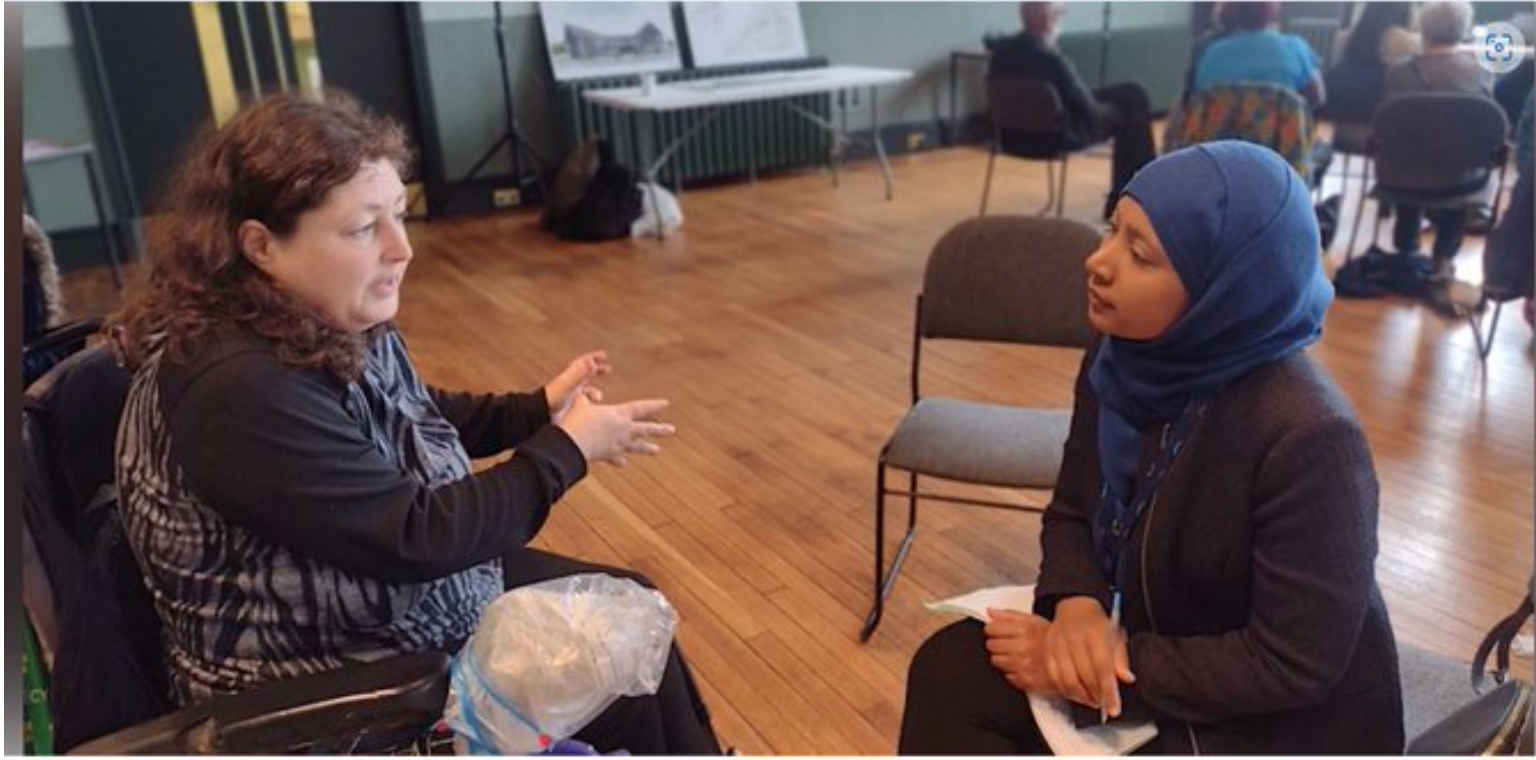By Tenants Union (@tenantsunionuk) and GMHA (@gmhousingaction)
Across Manchester, housing that once provided homes for permanent residents is being transformed into accommodation for short stays for those visiting the city. The number of entire houses let on Airbnb, where the host is absent, has trebled across Manchester over the past 4 years from 357 to 1103. Whether it’s rising rents, disrupted communities, noise complaints or rubbish being left after weekend guests, short term lets are having a serious impact on local communities across the country. Where there is a detrimental effect, can anything be done to stop a house from being used in this way?
What can Councils do?
Councils will often tell suffering neighbours that their hands are tied — that they haven’t the powers to regulate the sector. So, let’s look at when a council can challenge the use of a house as a short term let, rather than a home for a long-term tenant. In London, the situation is black and white. Unless planning permission is obtained, Londoners are restricted to renting their property short term for a maximum of 90 nights in a calendar year. In theory the council can take action once it has gone over that and it should be straightforward. In reality this has been fraught with complications, for example, due to the difficulty in gathering evidence, and owners learning how to change their adverts to avoid detection.
Outside of London, the rules are far from clear cut. It is up to each local authority to judge on an individual basis whether the short term lettings have caused a “material change in use”, i.e. where the house is now so different in the character of its use and impact on the area, from its authorised original use as a home (or as planners would call it: a “C3 dwellinghouse”) that planning permission is needed. If the council determines that there has been a material change in use, and that it is causing significant harm, they can serve notice, ordering the use to stop.[1]
The Evidence
We have identified ten cases covering 22 properties (one case covered 13 apartments owned by the same company). These are all in England but outside of London and range from large manor houses in the countryside, to flats in apartment blocks, or small urban houses. In all cases, the host was absent whilst groups would rent the entire house. In each case, the council has alleged that these are a material change in use from the ordinary homes that they should be and ordered them to cease the use as short term lets. The hosts appealed to the Planning Inspectorate to overturn the enforcement notices. In each of these cases the Planning Inspector analysed the usage of the homes, the level of harm caused by the change in use, and ruled in the council’s favour. Common factors that the inspectors said made the short term lets different to normal houses were the attraction for large groups, attraction for celebratory and social events, the high turnover of occupants, impact on parking and disturbance to the neighbours. These criteria arose from a test case back in 2012.[2] Although in most cases, the inspectors ruled that the level of harm caused to the neighbours meant that the enforcement action was justified, in two of the cases, the inspectors made little reference to anti-social behaviour and stated that enforcement action was justified because of the impact on the city’s housing stock.
You can read summaries of the Planning Inspectors’ reports in the linked document here.
Below we consider the details of a case in Oxford, where last month the planning inspector upheld the enforcement notice ordering that it should cease use as a short term let.
The Oxford Case
A two bedroom terraced house in an area of high student density in Oxford had been advertising as a short term let on websites such as airbnb and booking.com. Stays ranged from one night to one week, 61% of stays were to families and parties were restricted to a maximum of four people. Following complaints from a neighbour of antisocial behaviour and nuisance from guests, the council served an enforcement notice ordering the cessation of its use as a short term let.
The host appealed. The planning inspector noted that there were 55 reviews from 2018 and 45 reviews from 2019 and concluded that the transient pattern and high turnover of occupants made it untypical of a normal home. Also noted was that the owner had no way of verifying if it was families booking it and that a review showed that a group of 12 had stayed there. In order to justify enforcing the notice, the inspector had to identify the harm it was causing. Although reference was made to the potential for disturbance and noted one complainant, the loss of a permanent home in an area where it was policy to protect existing stock was a significant factor in their decision.
What is most significant about this recent Oxford case is that the house in question was previously a family home, which had been converted into a short-term let. This case seems particularly analogous to examples we are seeing in neighbourhoods in South Manchester where family homes are being bought up by short-term let landlords.
Conclusions
Though these are isolated cases they demonstrate in principle that councils outside of London can act to stop short term lets from harming the community using existing planning powers where a significant change in use and harm can be demonstrated. Having said that, it is not some quick fix solution as enforcement action takes many months to go through and also takes up a lot of resources on the part of the council.
In terms of protecting housing stock, these ten houses with enforcement notices can never be used as short term lets and should return to normal “C3 dwellinghouse” use which will provide a home. In contrast, under the London 90 day rule, any house is free to let for up to 90 days, which renders them useless in providing permanent homes for the remaining days of the year.
In a similar vein, if only behaviour and standards are focussed on as ways of managing short term lets (eg,short term let “charters” and “codes of conduct” ) then these will do nothing to prevent the loss of permanent housing. A change in national legislation that places short term lets, where the host is absent, in a clearly defined category that is different from “C3 dwellinghouses” would require permission to be sought. This would empower local authorities to refuse permission and prevent the “free for all” drain of housing stock that the short term let industry brings about.
Planning enforcement action is problematic in that it is resource intensive, can take several months to take effect and there is the chance that some appeals against it may be successful. However, now that at least ten councils have used this method to shut down a small number of problem short term lets, and the planning inspectors have supported council action, will we see more local authorities follow suit, and give back to suffering neighbours the peace, quiet and quality of life that they deserve?
17 August 2020
[1] The Growth In Short Term Lettings, Briefing Paper 8395, Houses of Commons Library, May 2020 section 2.2
[2] Case of Moore V. SSCLG and Suffolk Coastal District Council (2012) described “When a house is arguably not a home” Local Government Lawyer, 27th February, 2013.





